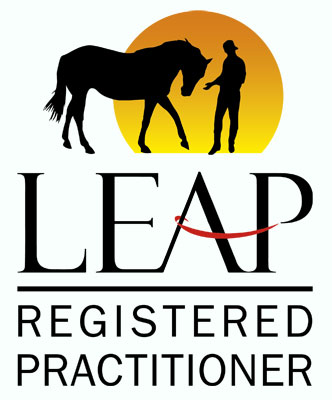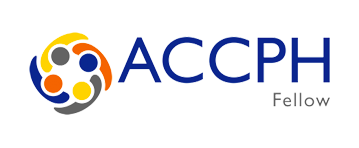22-Step Checklist: Honoring the Horse’s True Role in Equine Facilitated Practice ~ Developing Sentient Partnerships
Please note: This is an updated version of the original appendix from The Horse Leads the Way. If you would prefer a PDF copy of the original Appendix 4 please get in touch.
1. The horse is regarded as a sentient being in his/her own right.
2. You seek to provide a service in a sentient partnership with your horse, offering an inter-species modality for the benefit of your clients and enjoyment of your horses.
3. The horse has clearly indicated that he/she is happy to undertake equine facilitated practice.
4. The horse is kept well, healthy and fit enough to do this work, otherwise he/she has time off.
5. The horse has a choice about working or not on any particular day/session/activity, and also which client/s or not to work with as far as possible.
6. You seek your horse’s consent for every aspect of their involvement.
7. The horse has a voice and it is listened to.
8. The horse lives out in a herd as far as possible for the majority of the time, with sufficient access to company, shelter, food and water.
9. The horse’s lifestyle is balanced with regular breaks, time off and opportunities to engage in other activities that he/she enjoys.
10. You work towards removing all forms of control and dominance in your relationships with your horses, including techniques and equipment and in your relationship approach.
11. The horse’s physical boundaries, particularly with regard to their immediate personal space and their bodies and touch, and their emotional and spiritual boundaries are respected at all times.
12. You trust your horse to carry out his/her role and do not interfere with his/her suggestions, feedback or actions unless safety becomes the priority.
13. You pay attention to your horse’s feedback at all times and strive not to ignore or override this.
14. You turn your horse out as soon as the session with the client is finished.
15. You manage your own physical and emotional boundaries and avoid projecting your needs onto the horse.
16. You carefully manage the ratio of number of people to each horse, to avoid overwhelming, pressuring or frightening the horse/s.
17. You hold the ‘sacred space of possibility’ and teach all your staff, volunteers, horse handlers and group participants how to do this in order to ensure a peaceful, calm and mindful environment for the horses to work in.
18. You adopt a flexible approach which is non-reliant on agendas and you keep your False Self/Inner Critic in-check.
19. You are willing to be humble and defer to your equine partner’s suggestions and lead.
20. You employ an authentic, embodied approach which involves being connected to your body, emotions and energy at all times to ensure congruency when working with your horses and you adopt a mindful approach.
21. Your work focuses on relationship with the horses at all times and this takes priority over task completion or outcomes and is not outweighed by benefits to clients.
22. You support your horse’s well-being through a blend of veterinary care and holistic management using appropriate complementary therapies to maintain his/her health and balance.
Updated version of Appendix 4. Extract from ‘The Horse Leads the Way: Honoring the True Role of the Horse in Equine Facilitated Practice.’ ©Angela Dunning, 2017.
The Horse’s Truth, www.thehorsestruth.co.uk
If you would like a PDF copy of this or the orginal 21-Step checklist to print-out for your staff, volunteers and trainees, please contact me.








